
To say that I love Mexico would be an understatement. I grew up in Texas and New Mexico, states whose cultures have borrowed elements from Mexico.
My wife and I have explored the seaside towns in the Riviera Maya, walked hilly cobblestone streets of Guanajuato, and of course, soaked in the culture of Mexico City. In summer 2022, just as the world was coming to grips with the pandemic and beginning its march towards normalcy, my wife, my child (our only child at the time), my parents, and I took a trip to Oaxaca.
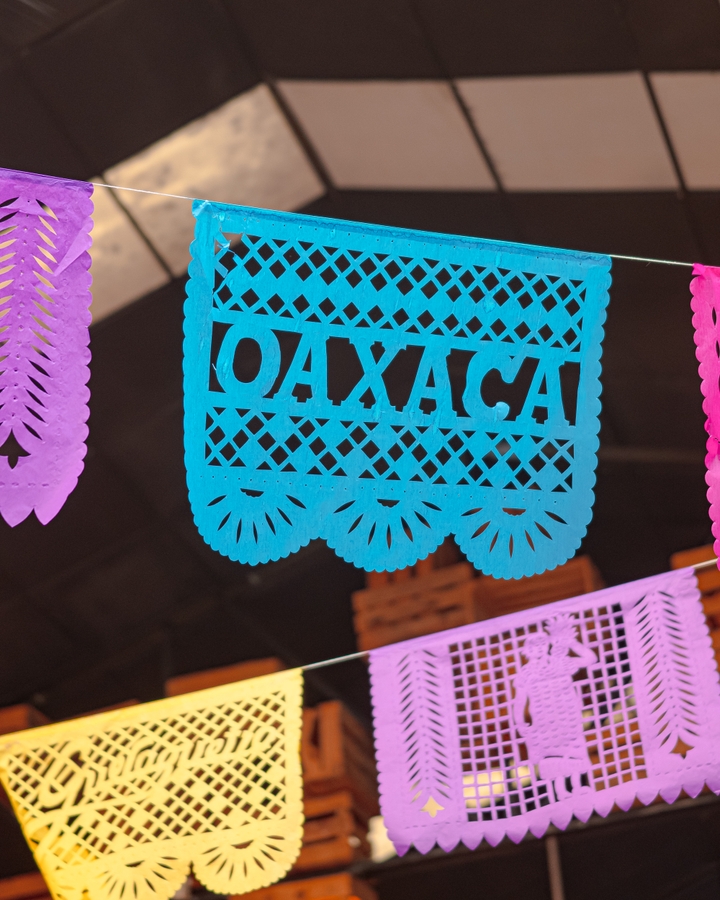
Streetlife
Like most other Mexican cities the center of Oaxaca is full of Spanish colonial buildings from the 16th to 19th centuries.
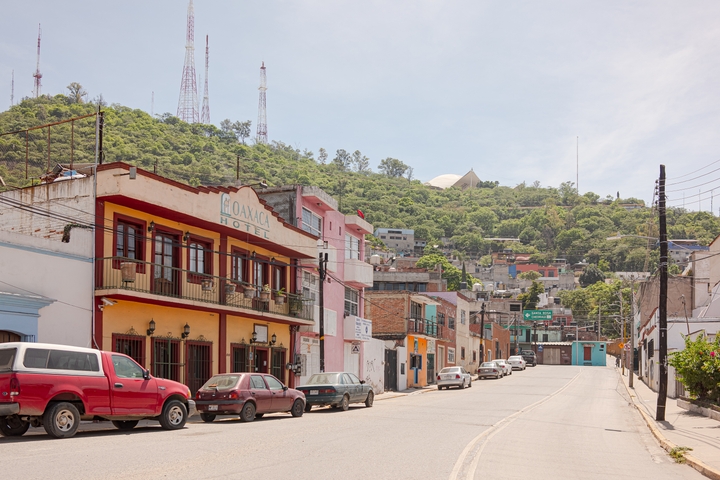
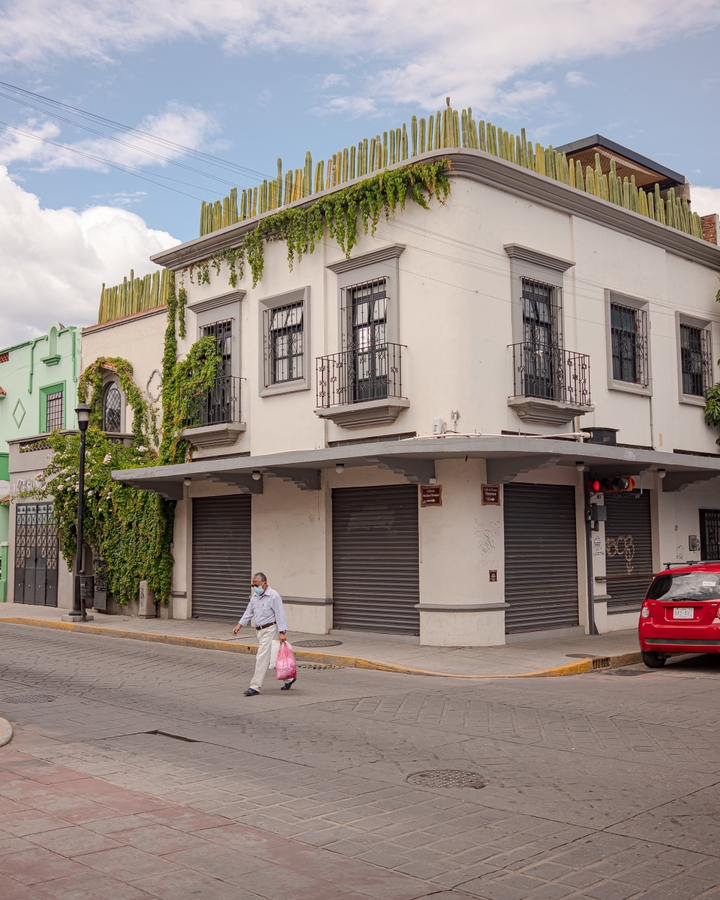
However, its history dates thousands of years earlier to the Zapotec and Mixtec people who settled the area before the arrival of the Spanish. On our flight in from the United States, we spotted Monte Albán, the ruins of an city build by indigenous people thousands of years ago.
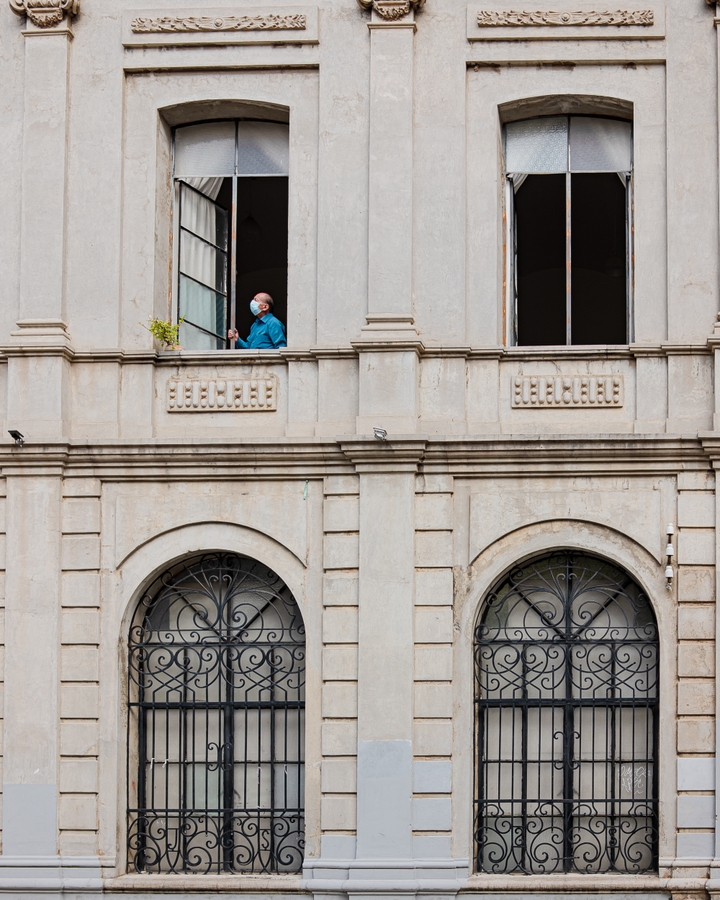
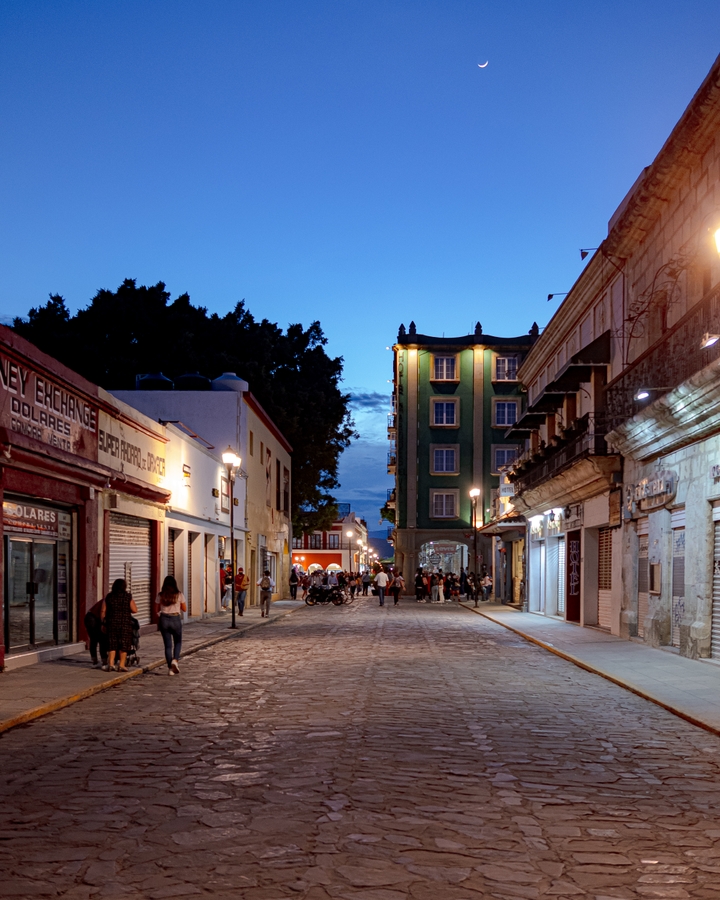
The people of Oaxaca were a refreshing change from Americans who were wrapped up in a politically polarized response to the pandemic. Everyone wore masks and maintained distance when possible. It was clear they wanted to find any way to continue on with their lives, which for most in Oaxaca, depended on tourism.
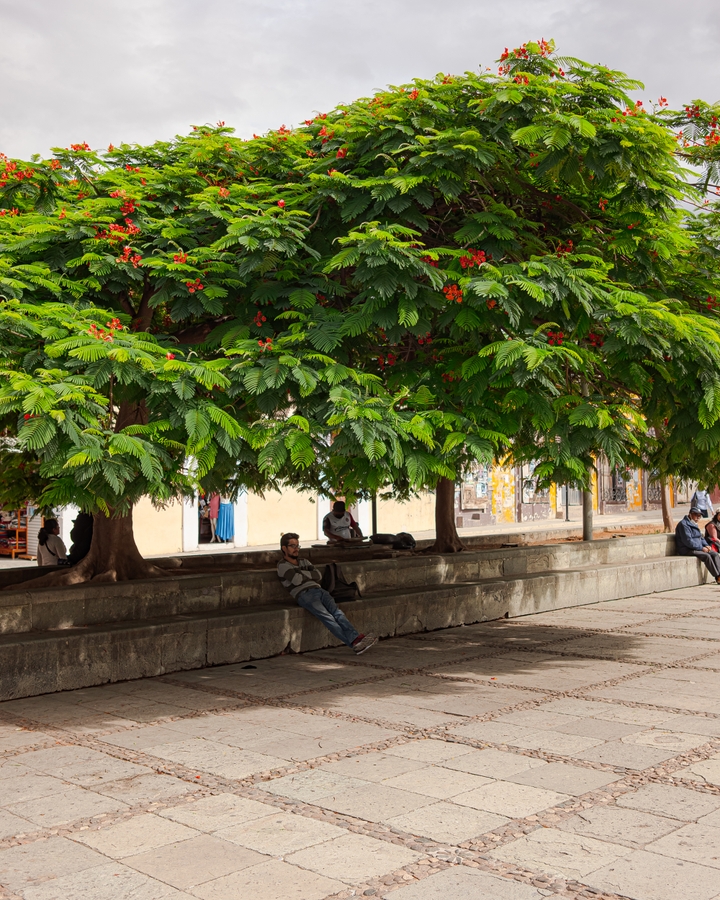
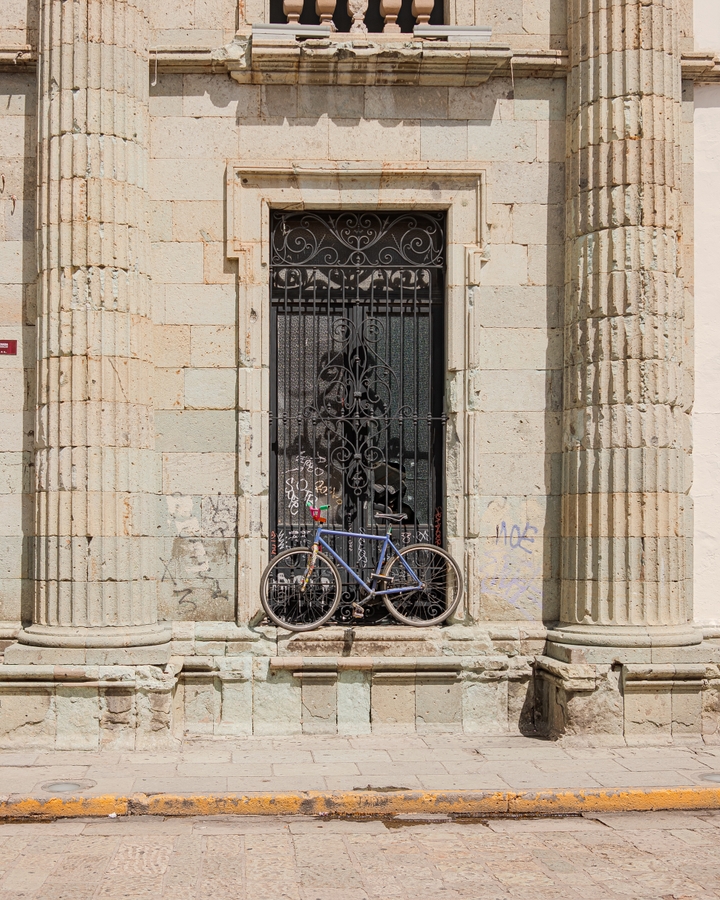
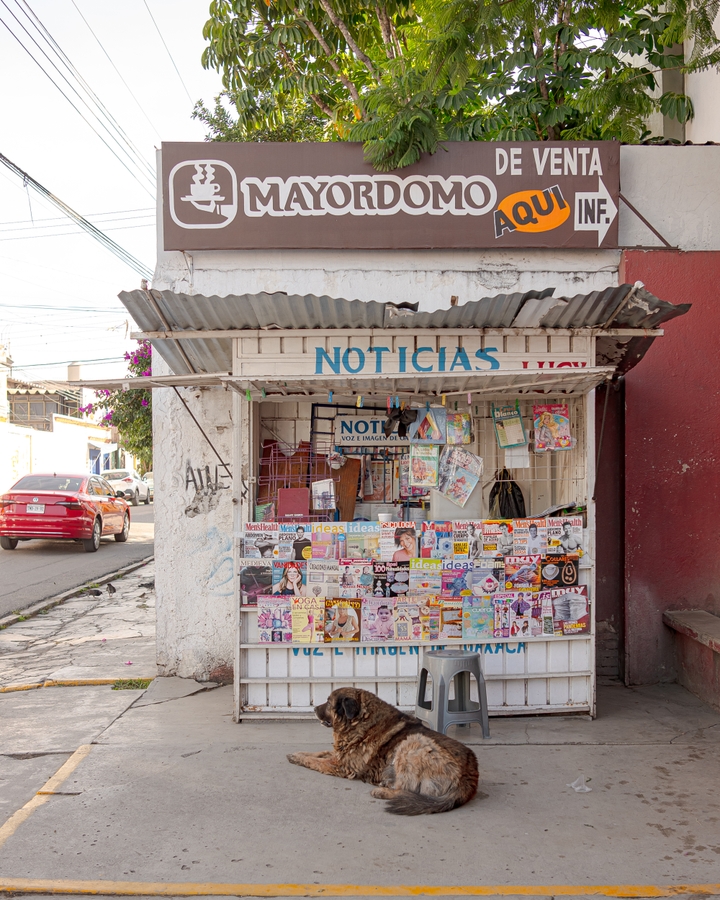
The city is representative of classic Spanish colonial city planning. A gridiron layout of streets emenate from a central city square. Adjacent to the square is the Oaxaca Cathedral, one of several centuries-old churches in the city. We stayed in a beautiful private home near the city center and traveled mostly by foot, pushing my child on a stroller.
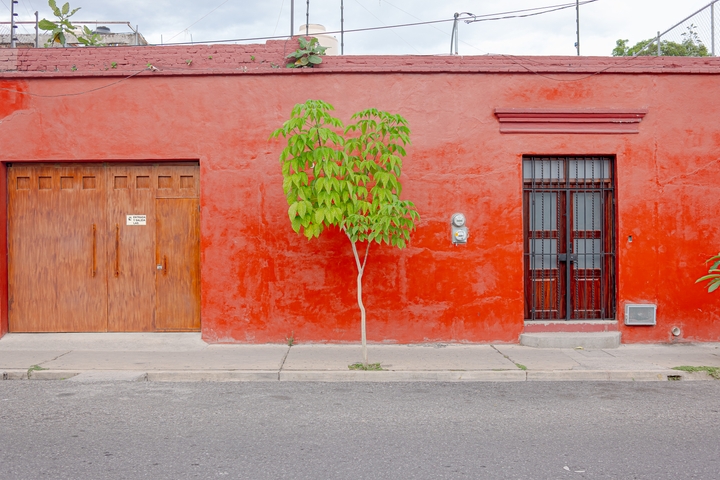
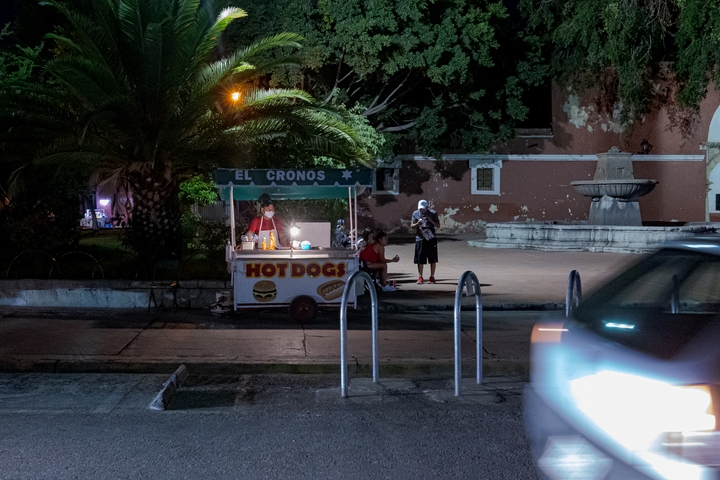
Iconography
An element that reminded me a bit of Florence is the art and iconography found on the streets and inside buildings. There were cartoon-like characters in graffiti, posters, and business signs.
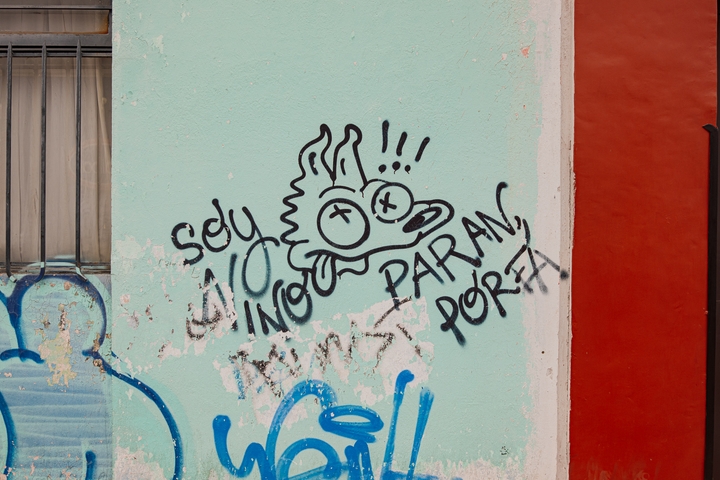
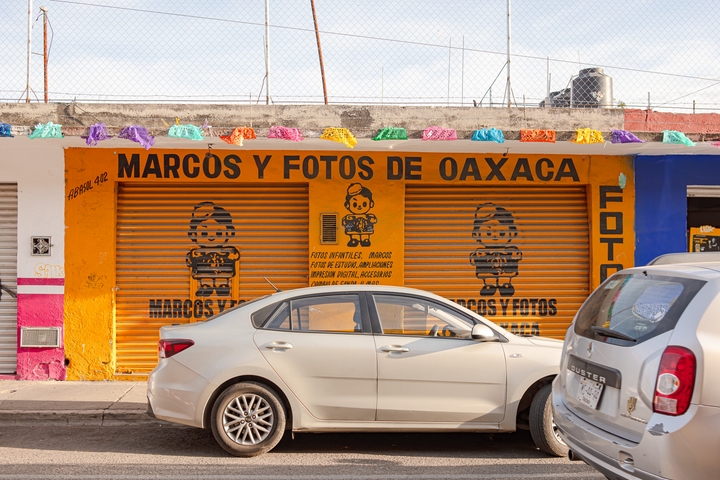
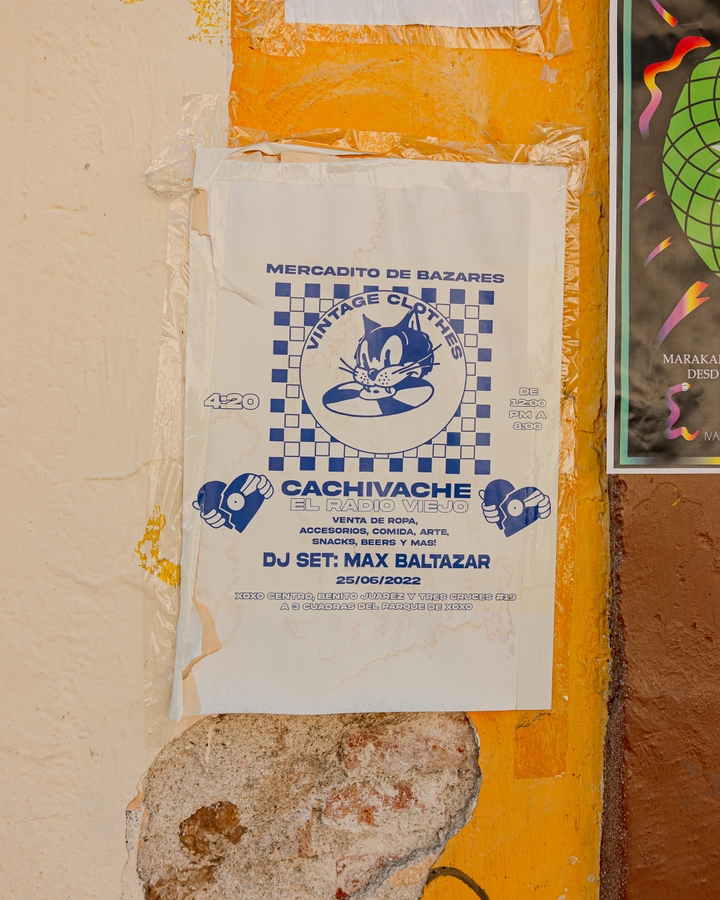
Papier-mâché day of the dead skeletons rested on ledges and poked out from shelves.
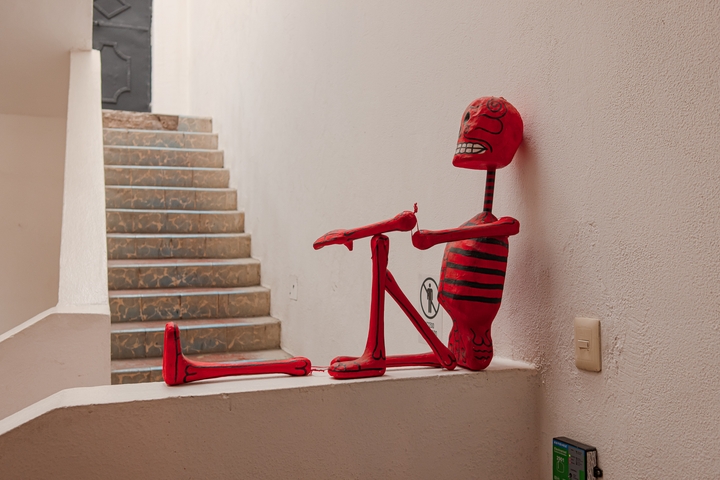
Ceramics seemed to come to life.
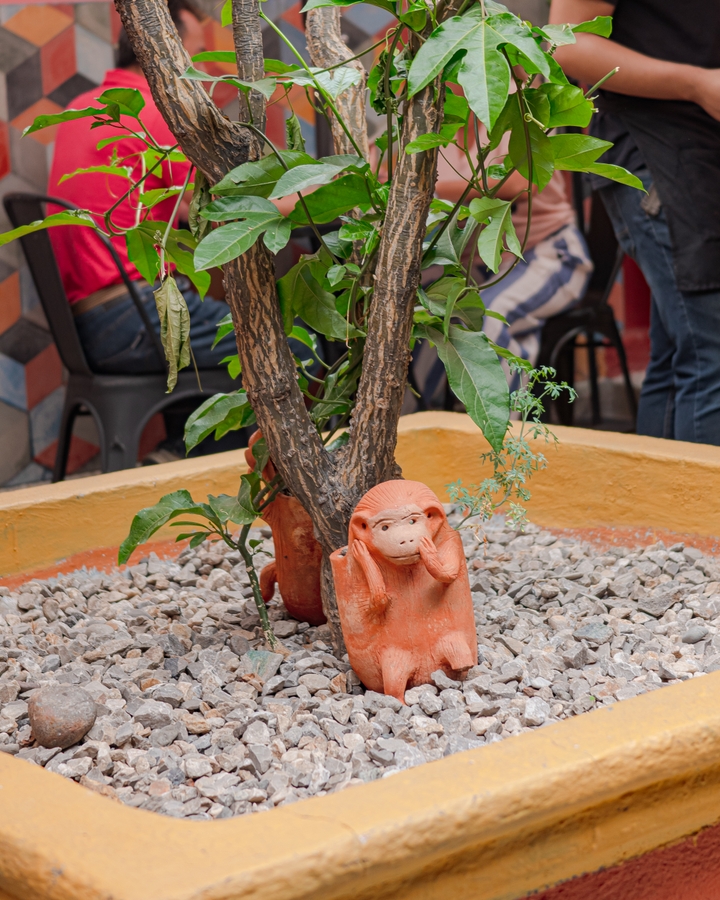
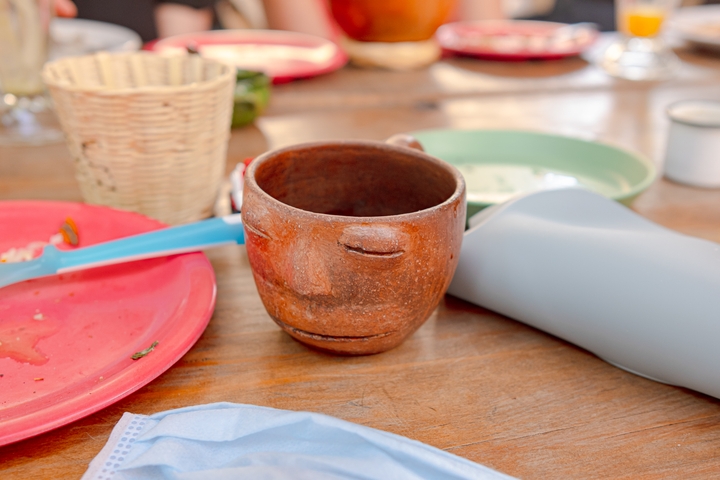
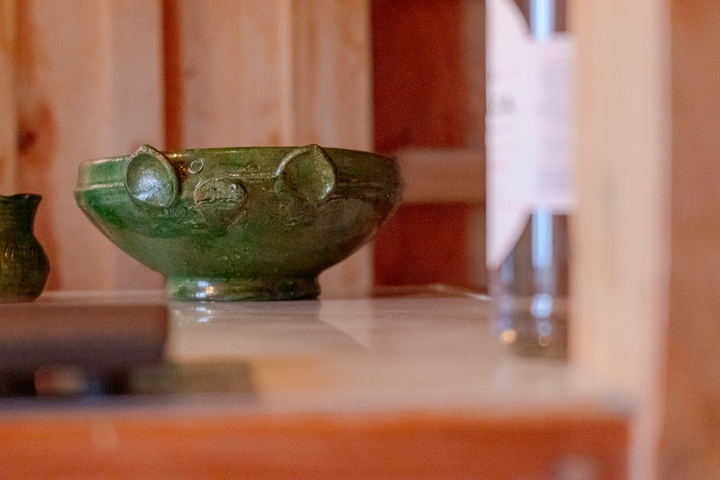
One recurring character was the image of Tiliches, which are costumes made of rags worn at the Carnival held in nearby Putla Villa de Guerrero.
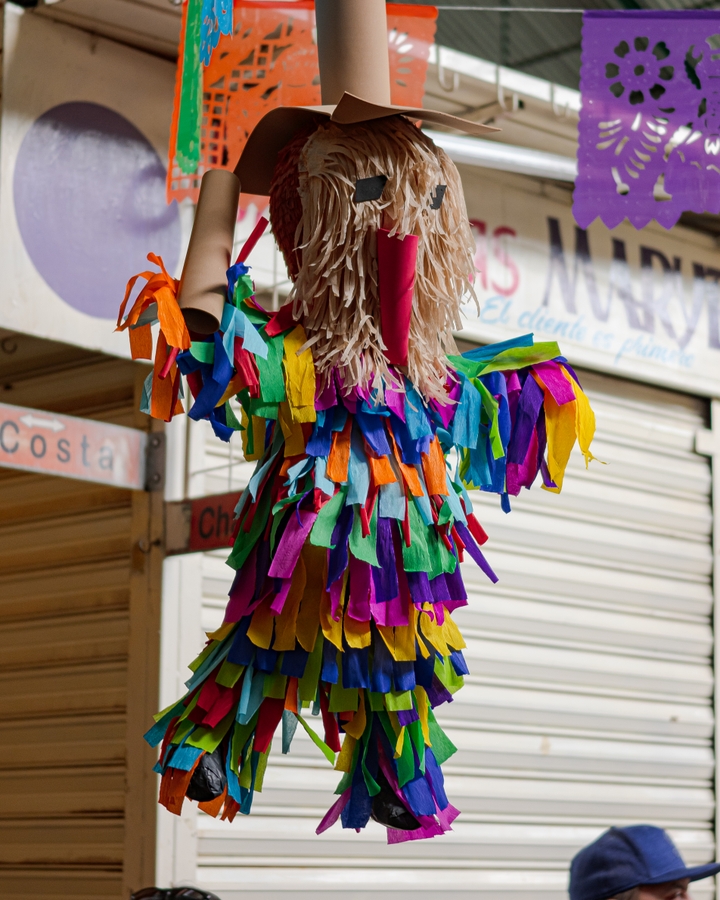
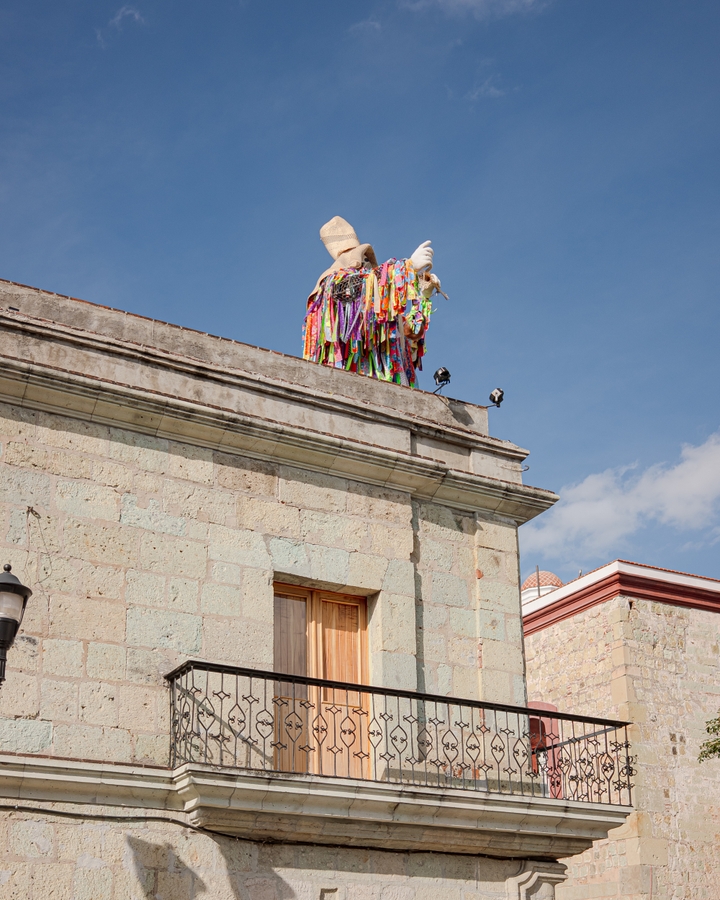
Cars
As a car lover, I couldn’t help but photograph them on the streets of Oaxaca. I was most interested in cars not available in the US and the ubiquitous vintage Volkswagens.
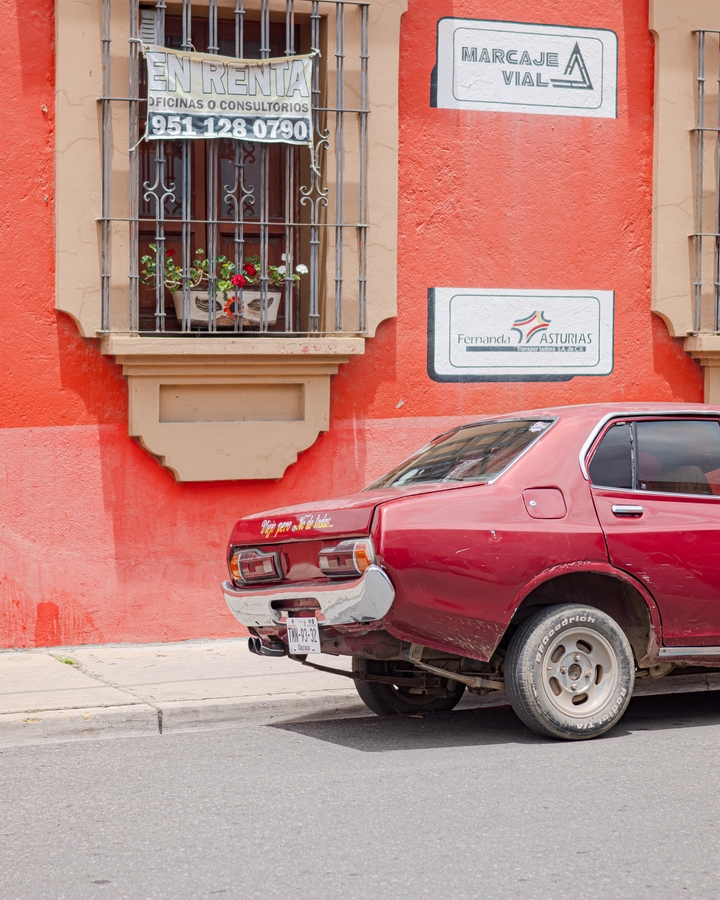
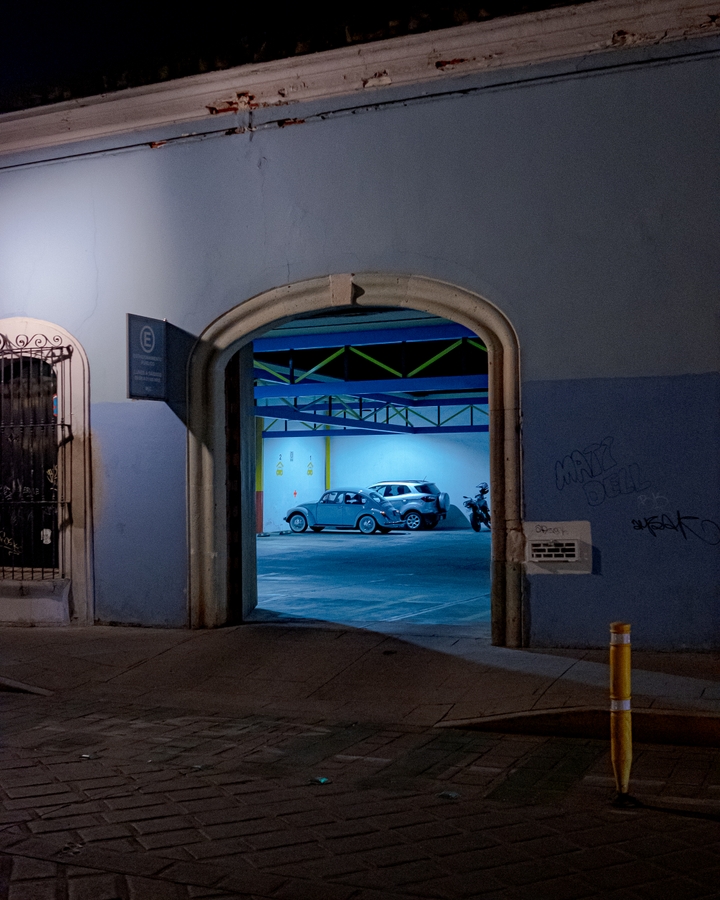
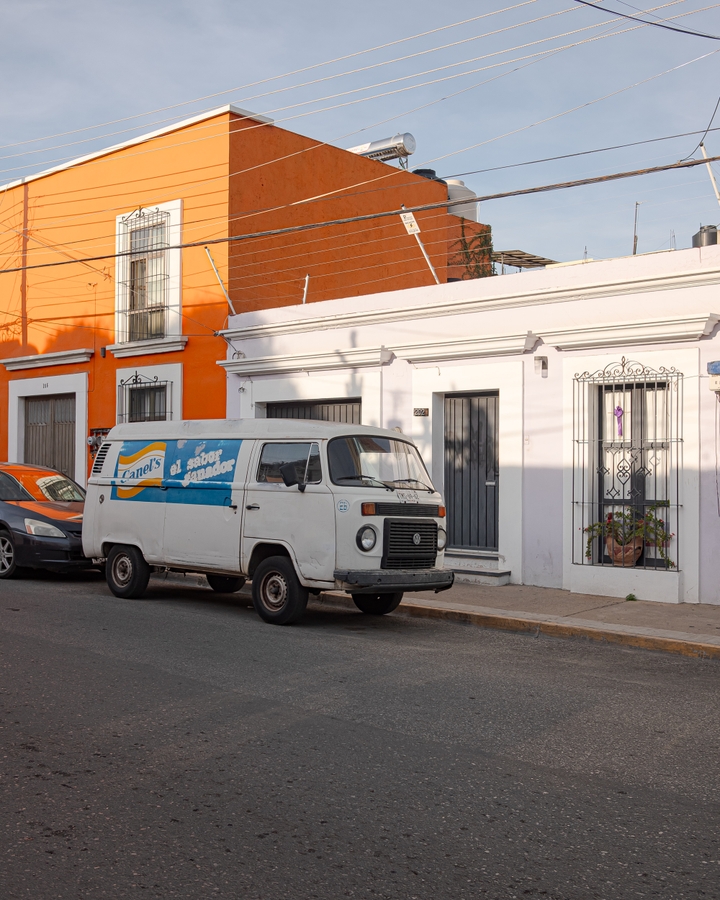
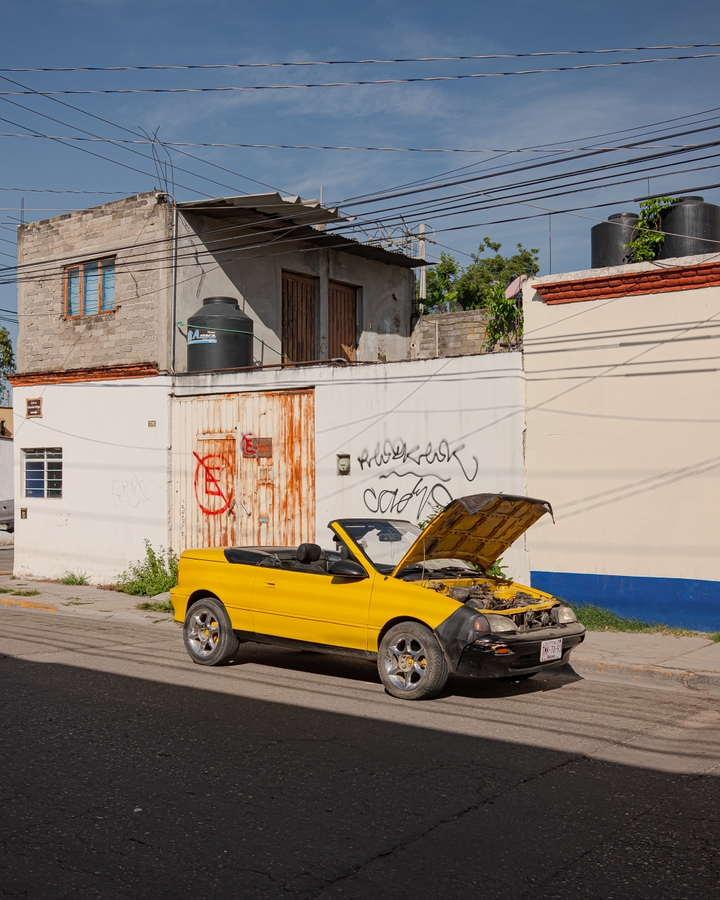
Food
Today, Oaxaca is a blend of indigenous and colonial cultures. Nothing reflects that more than the local cuisine.
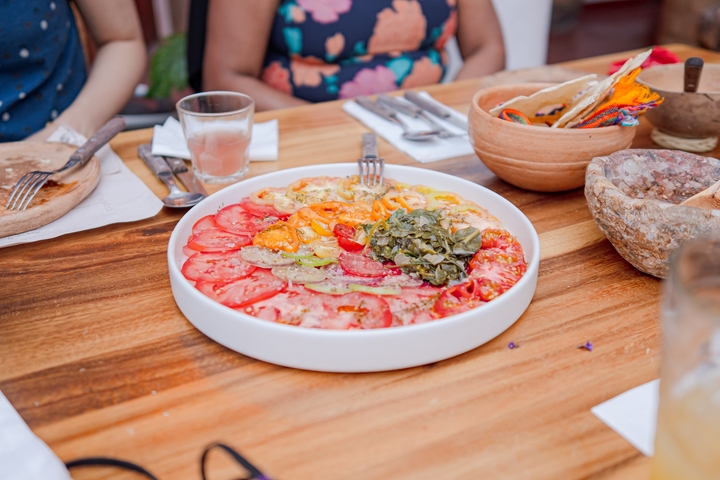
Crudo
Given that my parents could watch our child, my wife and I had the chance to grab dinner at a Sushi restaurant. Crudo gained notoriety after being featured on Season 5 of the Netflix food series Somebody Feed Phil. When we were there, the small hole-in-a-wall nestled within a residential block could only seat six at most.
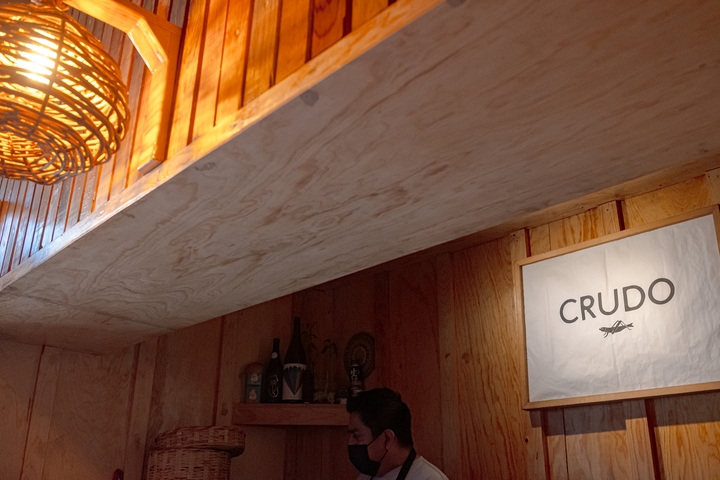
We enjoyed conversation with the chef, Ricardo Arellano, while the sommelier helped us choose Sake. At the small bar, we enjoyed conversation with a chef who is a master at both cooking and storytelling.
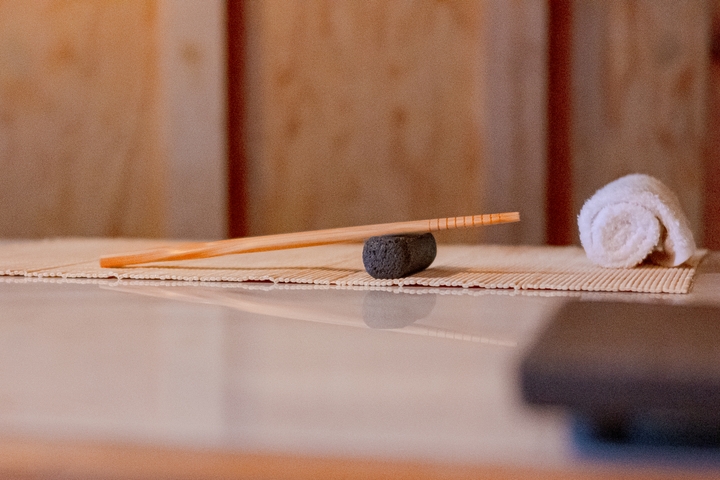
The concept at Crudo stems directly from the chef’s personal experience. He worked in the US for a long time under a Japanese sushi chef. He brought back his skills, which he then applied to local Oaxacan ingredients.
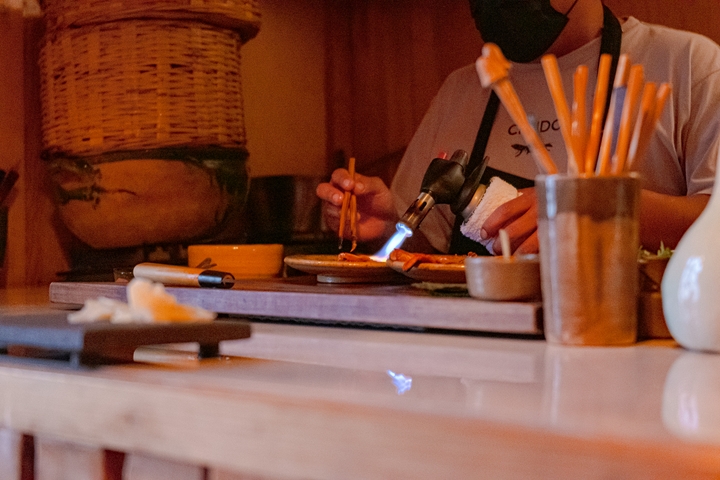
I’ve always dreamed of Japanese-Mexican food that went deeper than putting wagyu in a tortilla. Chef Arellano’s execution was impeccable.
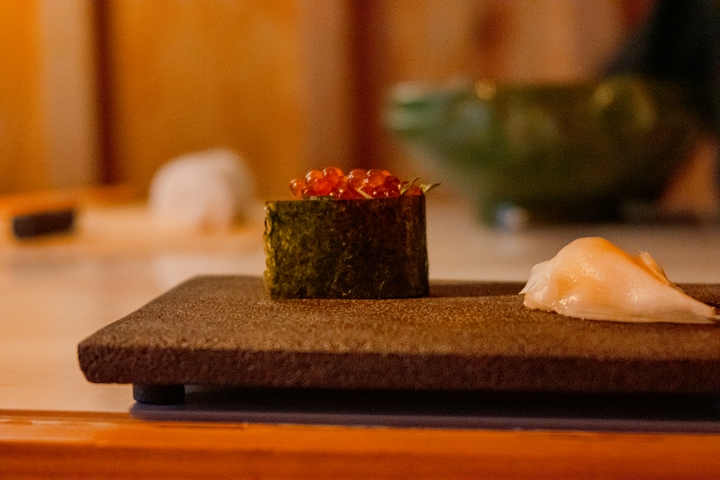
Criollo
On another day, my wife, child and I visited Criollo for lunch. The place alone was worth the visit. The dining and cooking areas are distributed throughout the historic house and the large yard.
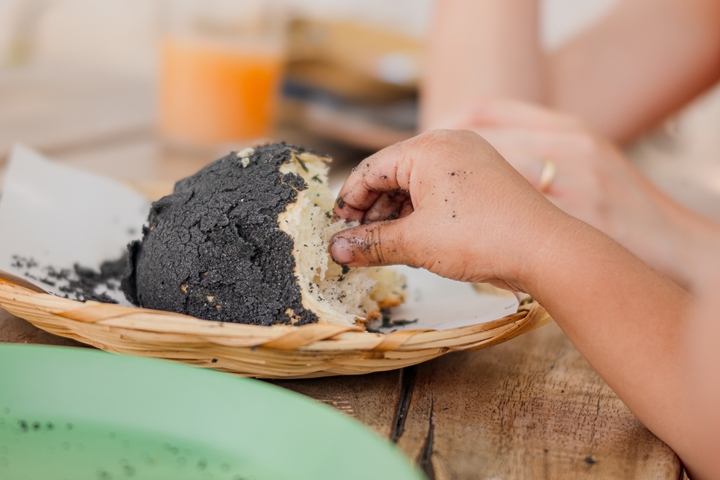
The restaurant is a joint project between architect Javier Sánchez, who made the Condesa DF hotel in Mexico city, and chef Enrique Olvera from Pujol. It’s part of Enrique’s restaurant empire, which prides itself in forging relationships with remote farmers, and bringing their food and cooking techniques to cities like Mexico City and New York.
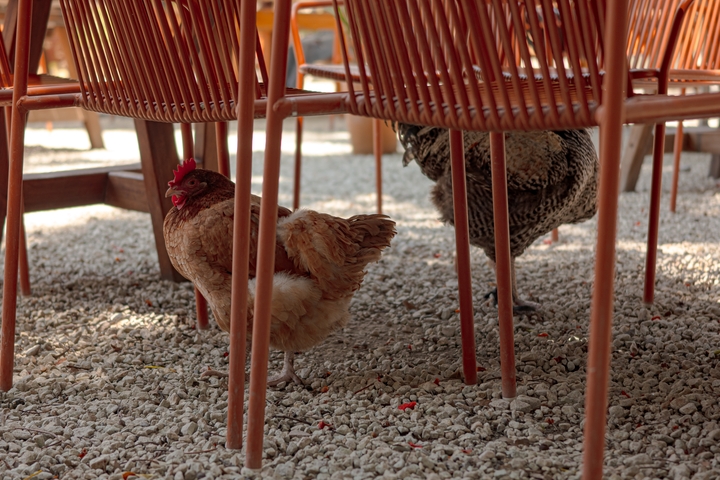
Luis Arellano uses a daily changing menu as a means to express Oaxacan ingredients, which are cooked, using mostly fire, in traditional ovens and stoves.
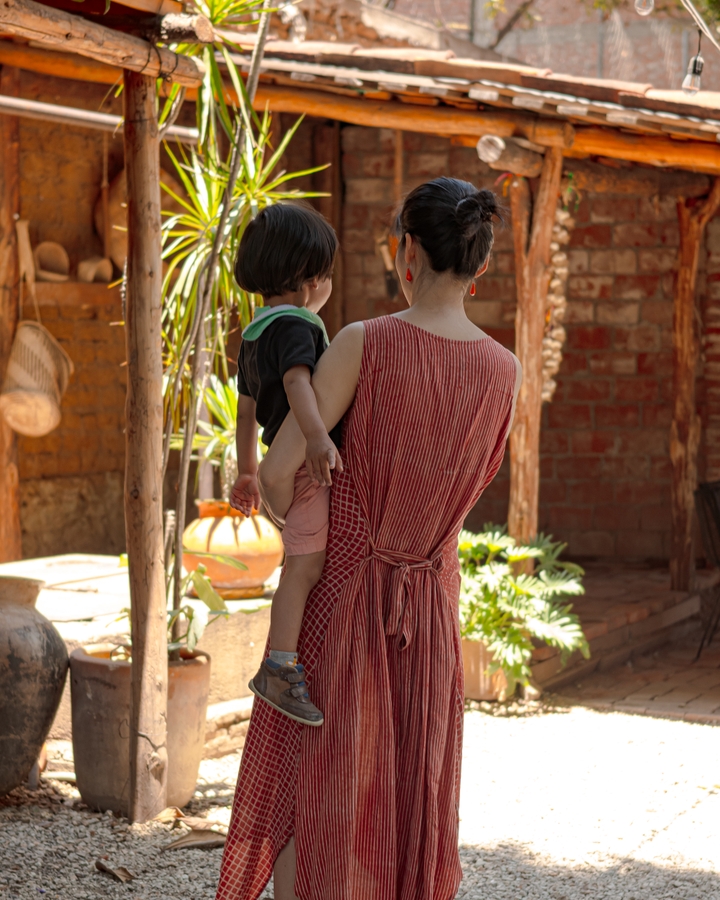
We sat outside in the gravel-lined yard on a large table crafted from a tree trunk. The setting was perfect for our child, who enjoyed watching the chickens and rabits who roamed around the yard.
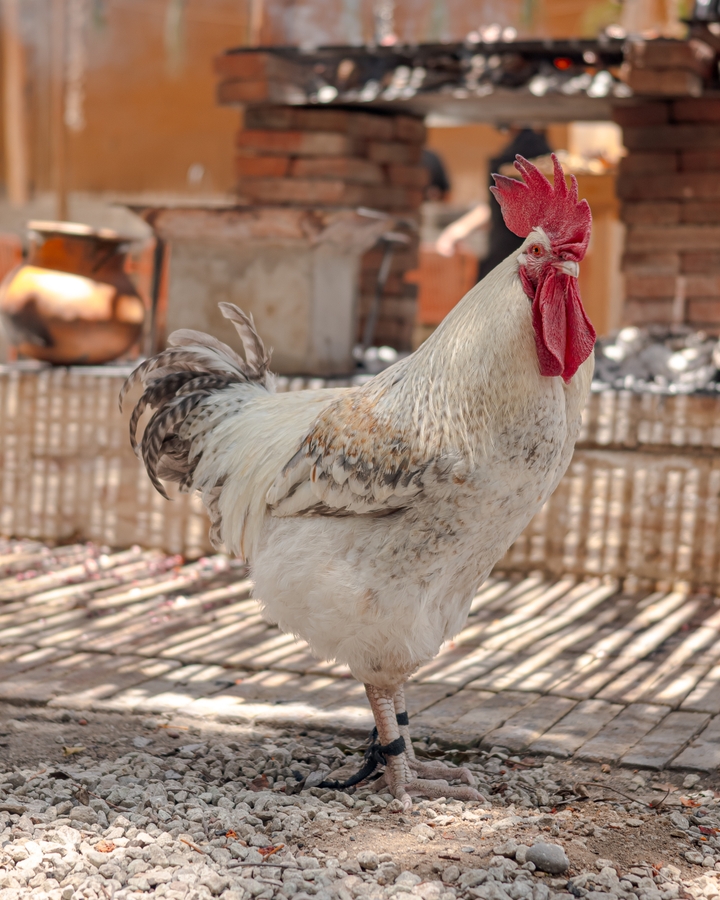
The food was exquisite, presenting a refined lens through which to view Oaxacan food. My child most loved the fresh-baked conchas that the waitstaff brought around.
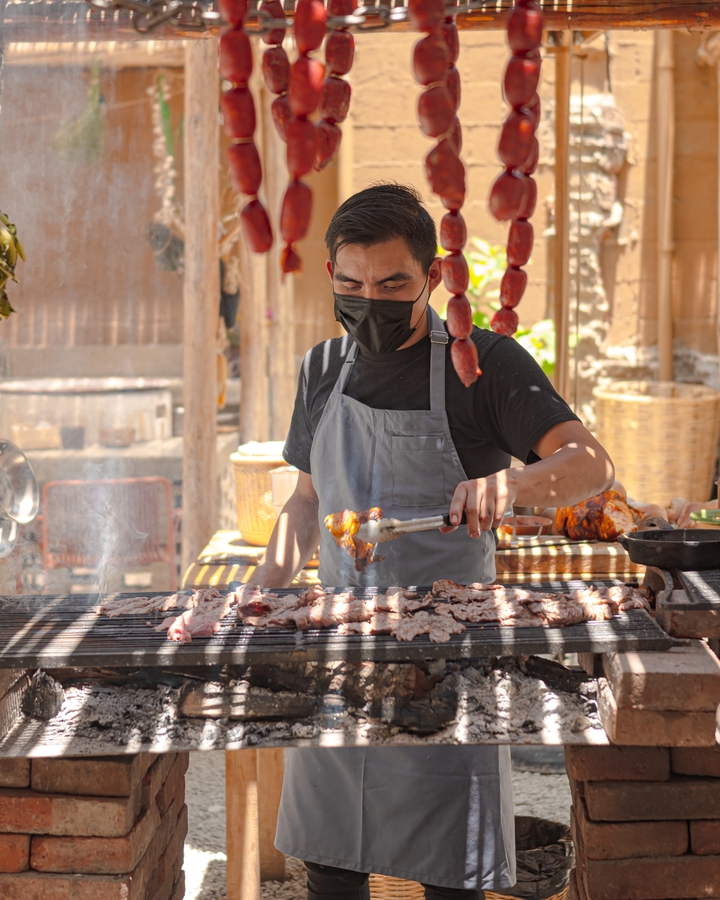
Cooking class with Mimi Lopez Hernandez
Our final food adventure was a cooking class with chef Mimi Lopez Hernandez. Though this Airbnb experience has a rather nondescript name, Traditional Oaxaca cooking class, the experience was memorable.
We met the chef’s son at a predetermined location, from which we took cars to the countryside where his mother lives and cooks. Their house is humble, which a large open space inside in which the dozen or so of us could cook, and mingle.
The class began with breakfast and coffee, after which we began prepping ingredients. Mimi and her son walked us through the process of preparing a traditional Oaxacan meal.
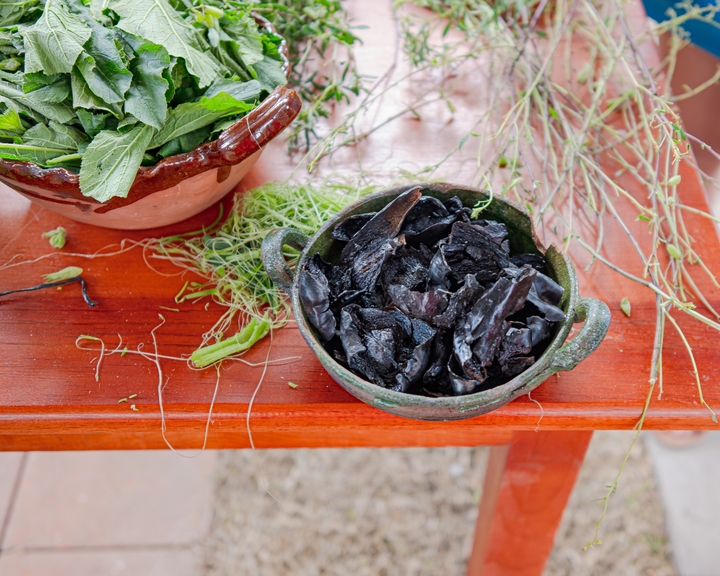
We all got to see first hand how difficult and time-consuming making Mole on a Metate can be.
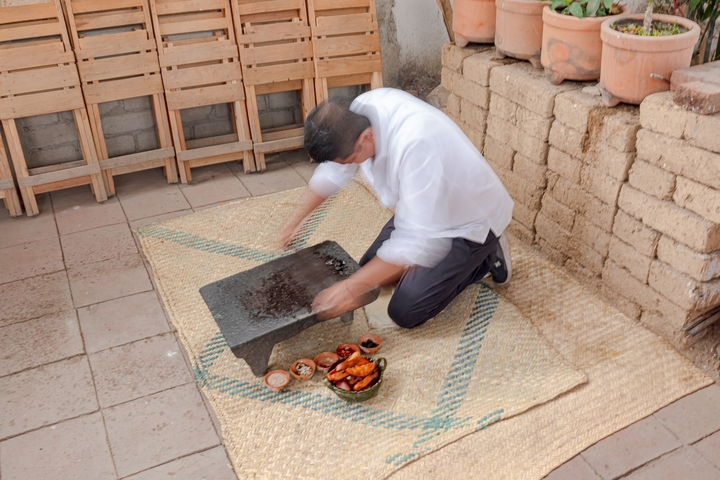
We wrapped tamales.
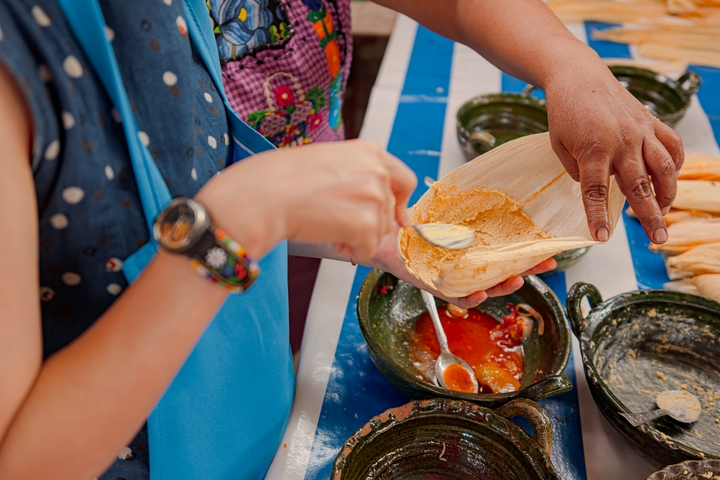
We made soup.
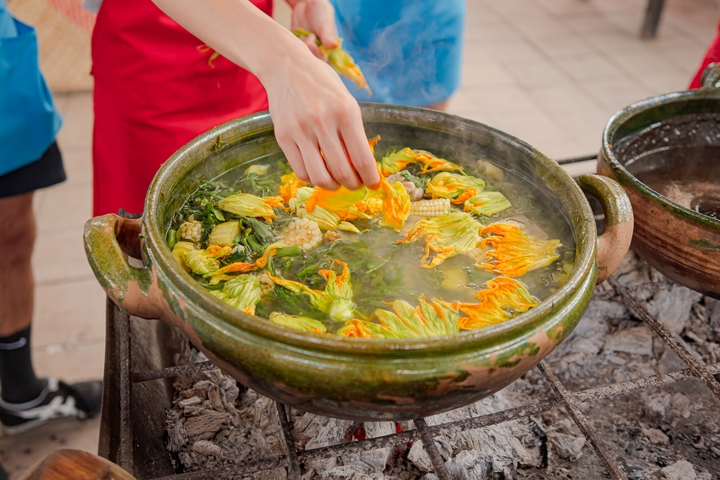
Of course, we also made tortillas by hand, which we placed on a comal on an open flame.
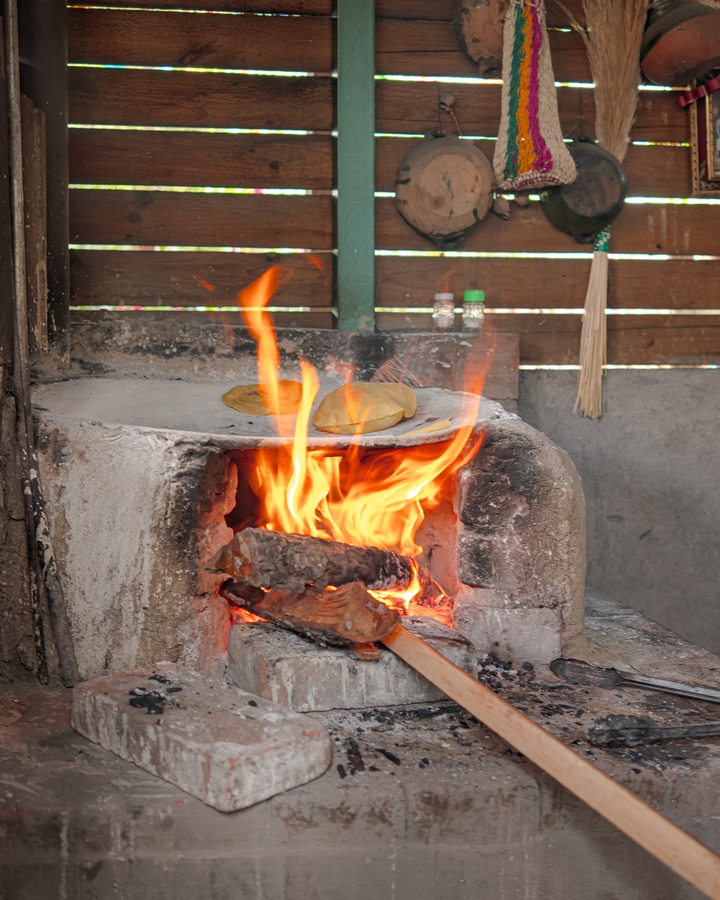
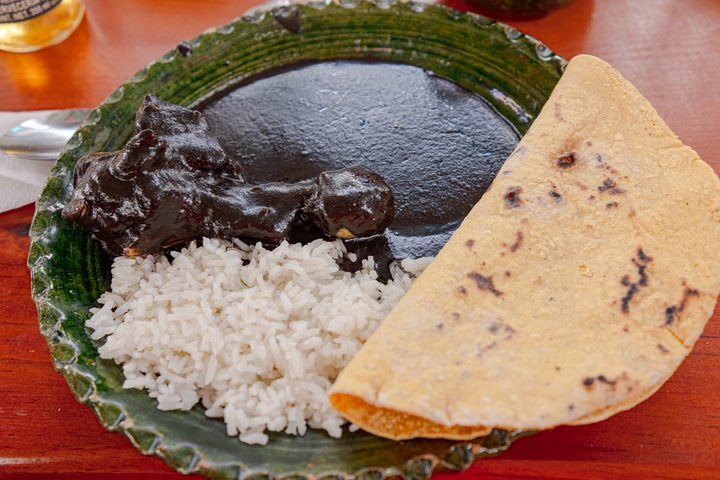
A paradise for foodies
Oaxaca was our first international destination after the start of the pandemic, and a perfect one at that. Not only did we get the chance to escape our home for some quality time with family, we also got to experience first-hand the fabled cuilinary landscape of Oaxaca.
If you are planning a trip to Mexico, you can’t go wrong spending time in Oaxaca.
Camera setup
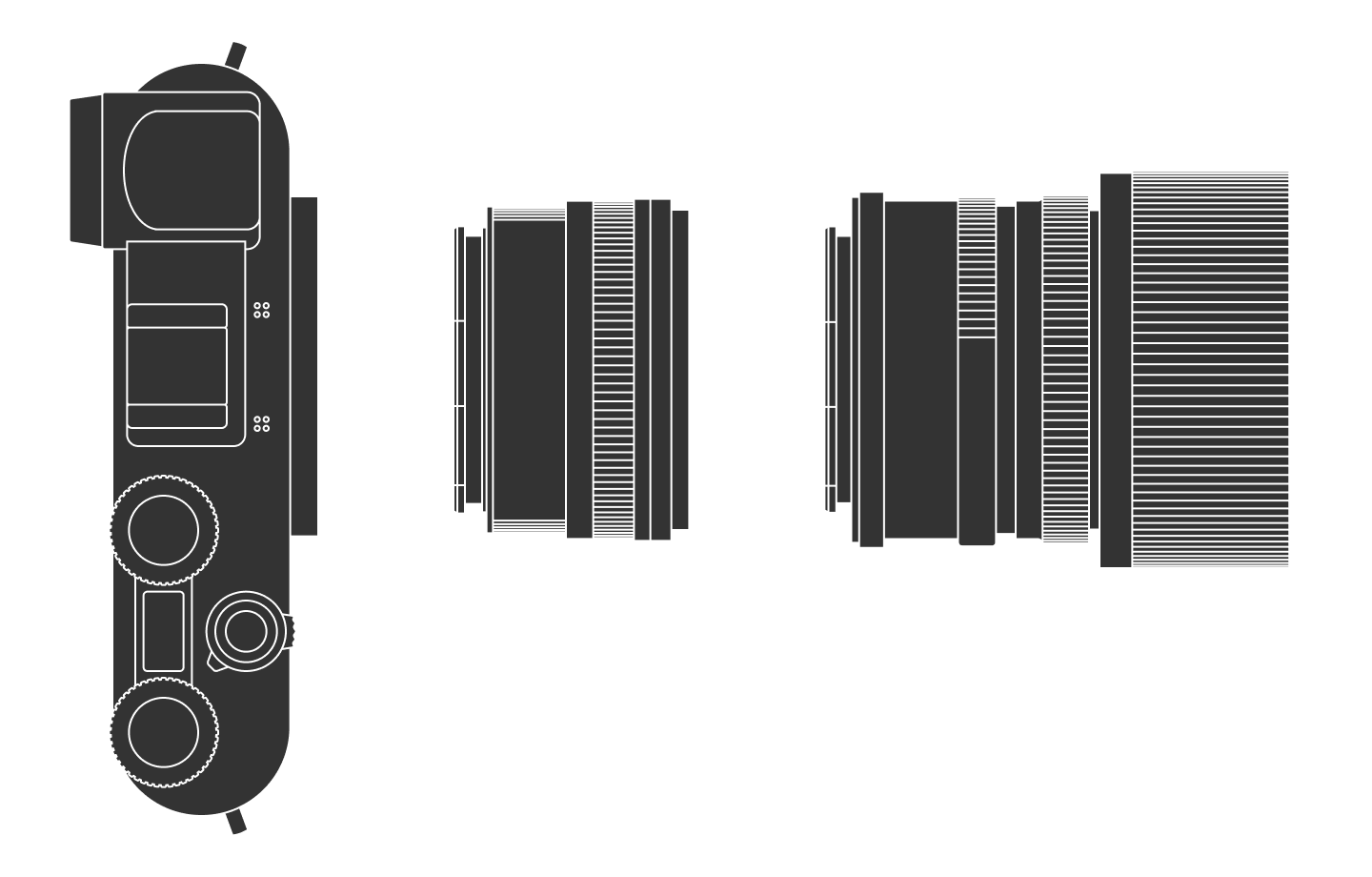
Thanks to Q for reading drafts of this.